SEAL Team members, Air Force Pararescue (pictured), Special Operations Combat Divers prefer Pro Model Force Fins.
Summary of US Navy Sponsored Research on Fins
Following are actual results of US Navy sponsored studies on efficiency of divers wearing Force Fins as compared to two popular name brand fins which had been shown in speed tests to be the most efficient of fifteen fins. The tests were conducted in a doughnut shaped flume (current) tank to control speed and simulate open water conditions. Efficiency was determined by the actual oxygen consumption of fin kickers. To date, we know of no other fin test conducted by any facility with the resources and objective control exhibited in this 4-year US Navy sponsored study.
Note that 75% of the divers tested did not reach the VO2 max, or fatigue level, only when wearing Original Force Fins.
Only active SEAL Team member subjects and, therefore, in outstanding physical condition, were able to sustain a kick speed of 50 meters per minute for 6 to 8 minutes with any fin tested. Throughout the test, all divers were able to maintain a maximum speed of 40 meters per minute with all fins tested.
However, they burned less air when wearing Force Fins.
Interestingly, all 200 participants, when surveyed for their subjective opinion, believed that the longest, stiffest fin, that which they felt was most powerful, was also the most efficient, but their actual oxygen consumption levels showed the opposite to be true.
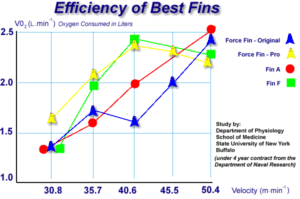
The upper plate shows the energy cost to swim with the four fins at speeds from 30.8 m/ min-1 to 40.6 m/min -1.
Reprinted with the permission of the US Department of Naval Research, The US Navy endorses no products.
Text of letter from:
DEPARTMENT OF THE NAVY BUREAU OF MEDICINE AND SURGERY
2300 E STREET NW
WASHINGTON DC 20372-5300
To: Ms. Susanne E. Chess, Vice President, Force Fin
Dear Ms. Chess:
This responds to your Freedom of Information Act request of March 25, 1993 addressed to the Chief of Naval Research in which you request copies of reports of fin studies conducted by the University of Buffalo. Your request was received in this office May 6, 1993 for a determination on whether the documents you seek are releasable.
Your request (censored) if disclosed, is likely to cause substantial harm to Force Fins competitors and were determined exempt from disclosure under title 5, United States Code, Section 552(b)(4).
The documents:
Part l
The purpose of this series of experiments was to determine the metabolic cost of underwater swimming with “force” fins as compared to fins that previously had been shown to be the most economical out of 15 fins tested. Two versions of Force fins, amateur and professional, were compared to (censored) and (censored) fins. The latter two fins have previously been shown to require the least energy to swim at several speeds. Our previous work has shown that the swimming speed influences the selection of the “optimum” fin.
The data from these experiments are presented in Figure 1. The upper plate shows the energy cost to swim with the four fins at speeds from 30.8 m/ min-1 to 40.6 m/min -1. Although eight subjects swam at 30.8 m/min-1 to 40.6 m/min-1, only two subjects could sustain 50.4 m/min-1 for the six to eight minutes required for the test. The two subjects who could sustain the effort at 50.4 m/min-1 had VO2 maxs of about 2.5 l/min-1 , while the other subjects were about 2.0l./min. -1 .
There were no statistically significant differences between the energy cost of the four fins at any of the investigated speeds. The energy cost was about 74 l./km- 1 , 74 l/ km-1 and 79 l/ km -1 for speeds up to 40.6 m/min-1 . The values for the better swimmers were about 65.5 l/km -1. Over the entire range of speeds, kick frequencies increased from about 35 k/min -1 to 45 k/min -1 However, the subjects kicked had a 10 k/min -1 higher kick frequency with the Force fins (amateur and professional) than with the standard fins.
A further conclusion is that the amateur [Original] Force Fin, which is more flexible, required less energy for all speeds than the professional fin, which is more rigid. The observation that a more flexible fin may require less energy than a more rigid fin confirms what we observed with other fin manufacturers. Progress Report for contract number (censored): Diver’s swimming efficiency as a function of buoyancy, swimming attitude, protective garments, breathing apparatus, swimming technique and fin type September 1991 to January 1992
During this period, we have continued our study of the effectiveness of selected fin types on the swimming performance of divers. During the previous period, we reported on the energy cost of swimming with these various fins
In review of the fin combinations tested, the small, flexible non-vented fins had the lowest energy cost (200 kcal/km-1 ). The larger, stiffer fins required about 25% more energy, while vents did not effect the energy requirement (Fig 1). Although this difference is small, when extended to 10 km the difference is 250 kcal or 50 l 02, requiring an extra ventilation of about 1250 l. It should be emphasized that the factor that effects the swimming cost the most was the swimmers skill. The highest values (300 kcal/km-1 ) were observed in novice and the lowest values (150 kcal/km -1) in elite swimmers (Fig 2).
Our recent data analysis has suggested that the cost of swimming cannot be determined from the kick frequency. This is somewhat paradoxical. If the frequency is low, the force per kick can be high; while, if the frequency, is high, the force per kick can be low. Therefore, one can observe energy requirements for any combination of kick frequency and kick force.
As far as fin selection is concerned, the differences between the fins were not remarkable underwater. It would appear that for short swims there are no differences; however, for longer swims the small differences become significant.
The most economical fins were the smaller, very to moderately flexible styles. The larger, less flexible fins were the least economical.
The presence of vents did not seem to be an advantage under any condition. It would appear that the smaller, more flexible fins did not compromise neither speed nor force underwater. At the surface, it would appear that the greatest force and least fatigue could be generated by the larger, less flexible fin.
*The United States Navy does not endorse any product.
Our top rated products:
-
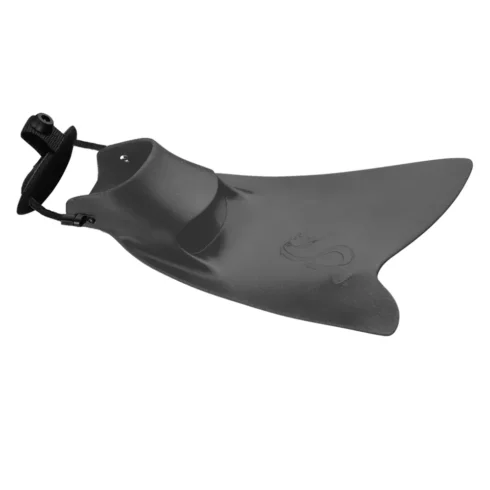 PRO FORCE FIN$369.95 – $389.95
PRO FORCE FIN$369.95 – $389.95 -
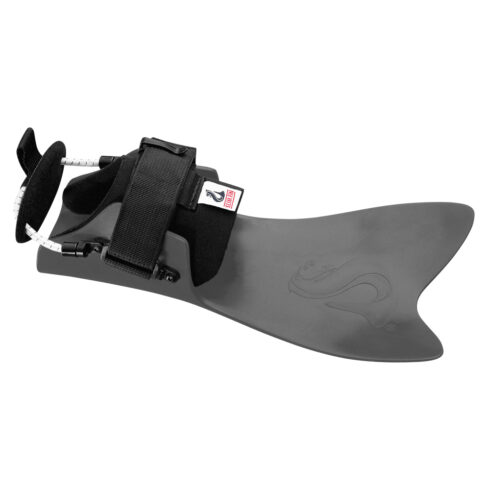 SLIM FIN – ADJUSTABLE$319.95
SLIM FIN – ADJUSTABLE$319.95 -
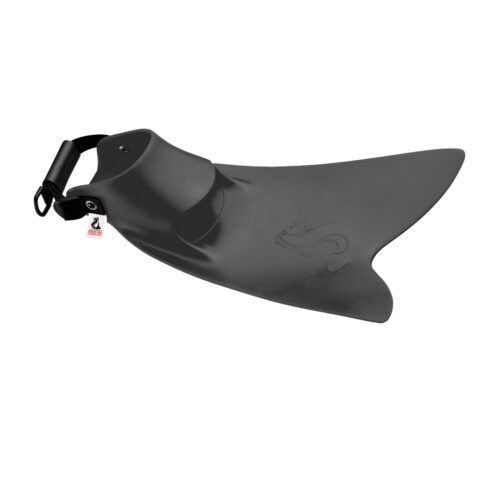 ORIGINAL FORCE FIN$329.95 – $349.95
ORIGINAL FORCE FIN$329.95 – $349.95 -
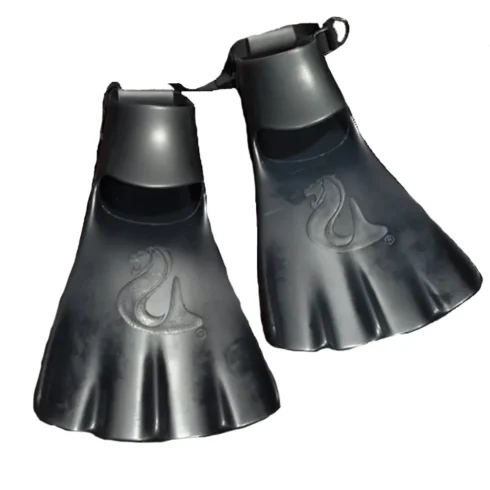 Underwater Hockey Force Fin$364.95 – $384.95
Underwater Hockey Force Fin$364.95 – $384.95 -
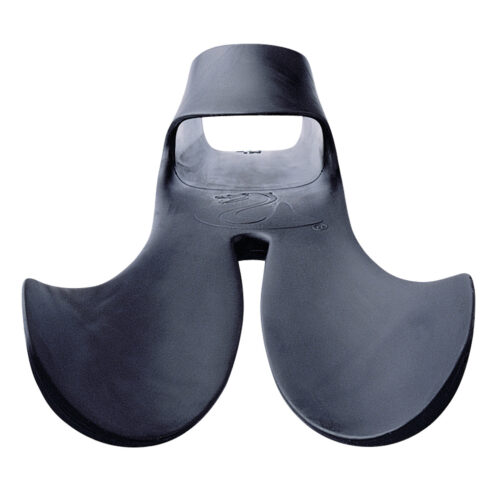 Foil Force Fin$409.95 – $429.95
Foil Force Fin$409.95 – $429.95 -
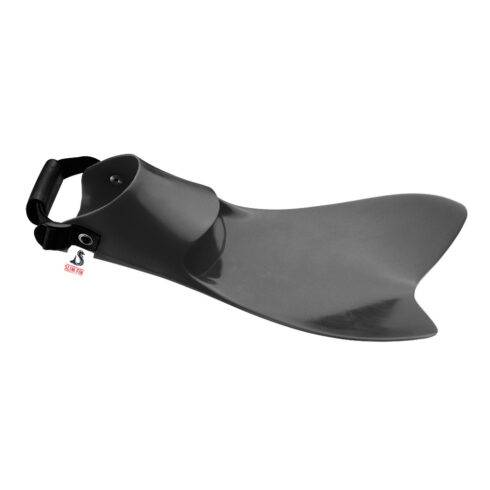 SLIM FIN$289.95
SLIM FIN$289.95 -
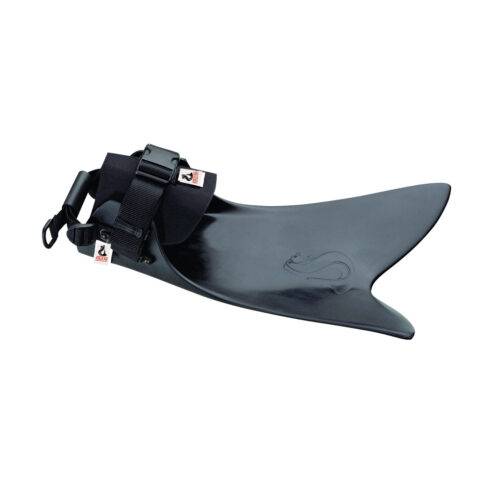 FLOAT TUBE FORCE FIN$349.95 – $379.95
FLOAT TUBE FORCE FIN$349.95 – $379.95 -
 Special Operations Action Figure Wears Force Fins$129.00
Special Operations Action Figure Wears Force Fins$129.00 -
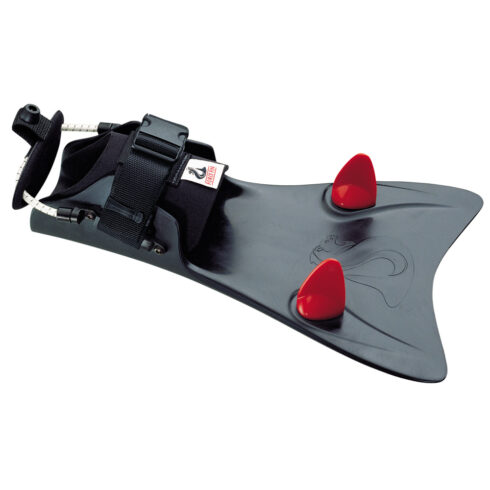 Rip Force Fin$389.95
Rip Force Fin$389.95

Hi I’m Divemaster Yusoff from Singapore I would like to purchase Ruby Red extra force fin size XL, in the website doesn’t show this color .
Divemaster Yusoff,
Thank you for your inquiry. Ruby Red Extra Force Fins, Excellerating Force Fins and Tan Delta Force Fin were a limited edition, signed release. It was so well received we kept it in production for many more years than originally planned. The Tan Delta material is no longer available. There are no plans for it to be made. The Extra Force Fin in our original, opaque black is a powerful Force Fin, in stock today. Whiskers are not available at this time, but may be available again in the future.